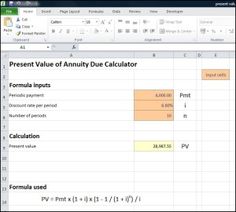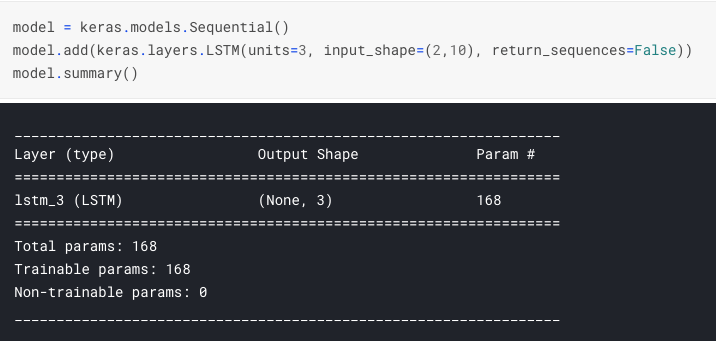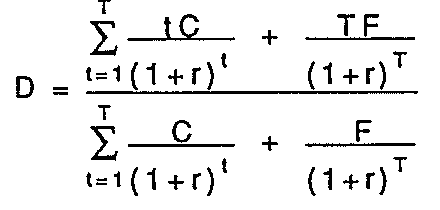Earnings Per Share EPS: What It Means and How to Calculate It
For example, if a company has 100 units of common shares and makes 1000 USD to pay shareholders, each share unit will be worth 10 USD. Shareholders of participating preferred shares receive dividends that match the specified rate of regular preferred dividends and an additional sum based on a pre-existing condition. The dividends of a cumulative preferred share are calculated as follows.
Let’s calculate the weighted average number of common shares outstanding first. The net earnings of a company in a given period – i.e. net income (the “bottom line”) – can either be reinvested into operations or distributed fresno bookkeeping services to common shareholders in the form of dividend issuances. In other words, before common shareholders get any profit, dividend payments have already been sent to preferred shareholders. The current year’s preferred dividends are subtracted from net income because EPS refers to earnings available to the common shareholder.
What is the difference between pro forma and reported earnings per share?
It’s the portion of a company’s net income that is allocated to each outstanding common share. Divide the share price by EPS and you get a multiple denoting how much we pay for $1 of a company’s profit. In other words, if a company is currently trading at a P/E of 20x that would mean an investor is willing to pay $20 for $1 of current earnings. In this case, the company or analyst will add the interest paid on convertible debt back into the numerator of the EPS calculation so the result isn’t distorted. The net garmin fenix 5 dilution comes out to be 30 million shares, which we’ll add to the weighted average shares outstanding of 150 million. The difference between the basic earnings per share and diluted earnings per share is that the latter adjusts for the net impact from potentially dilutive securities.
Companies may choose to buy back their own shares in the open market to improve EPS. The better EPS results from the net income being divided up by a fewer number of shares. Rolling EPS shouldn’t be confused with trailing EPS, which mainly uses the previous four quarters of earnings in its calculation. Rolling EPS gives an annual earnings per share (EPS) estimate by combining EPS from the past two quarters with estimated EPS from the next two quarters. Sometimes an adjustment to the numerator is required when calculating a fully diluted EPS. For example, sometimes a lender will provide a loan that allows them to convert the debt into shares under certain conditions.
- Please note in the case of Colgate, the number of shares that increase due to stock options and restricted stock units is 9.1 million for 2014.
- EPS is a metric that can serve as a bellwether for a company’s current and future financial prospects.
- The following are the many sorts of earnings per share that differ from the calculation described above.
- Since we now have the beginning and ending number of common shares outstanding, the next step is to calculate the weighted average shares outstanding.
- To calculate EPS, take the earnings left over for shareholders and divide by the number of shares outstanding.
- There are five types of earnings per share, which are discussed further down.
What are some of the different types of earnings per share?
Net income is the amount related to shareholder equity after costs and expenses have been deducted from a company’s income. Most P/E ratios are calculated using the trailing EPS because it represents what actually happened, and not what might be. On the other hand, while the figure is accurate, the trailing EPS is often considered old news. For instance, if the company’s net income was increased based on a one-time sale of a building, the analyst might deduct the proceeds from that sale, thereby reducing net income. The share price of a stock may look cheap, fairly valued or expensive, depending on whether you look at historical earnings or estimated future earnings. Regardless of its historical EPS, investors are willing to pay more for a stock if it is expected to grow or outperform its peers.
Investors can track the schedule of earnings reports for publically traded companies through their broker, the Nasdaq calendar, and the SEC’s EDGAR system. Growing earnings are a good indication that a company is on the right path to providing a solid return for investors. The dotcom boom and bust is a perfect example of company earnings coming in significantly short of the numbers investors imagined. When the boom started, everybody got excited about the prospects for any company involved in the Internet, and stock prices soared. Over time, it became clear that the dotcoms weren’t going to make nearly as much money as many had predicted. It simply wasn’t possible for the market to support these companies’ high valuations without any earnings; as a result, the stock prices of these companies collapsed.
Example of EPS
Basic EPS and diluted EPS are used to measure the profitability of a company. The amount earned by each share of common stock is represented as basic earnings per share in the company income statement. The higher the company’s basic earnings per share, the greater the return on investment and profit common stockholders make. On the other hand, diluted earnings per share represent the profit that would be earned by each share of common stock if all dilutive securities were converted into common stock. Diluted EPS is usually lower than basic EPS because it takes into account the potential dilution of earnings that could occur if all dilutive securities were exercised.
Basic earnings per share are recorded in a company’s income statement and are quite important for assessing the performance of firms with just common shares. It is calculated by dividing the net profit by the outstanding shares of common stock. Since the number of common shares outstanding may change over the year, the weighted average calculates EPS.
Investors may also look for trends in a company’s EPS growth over time to get a better idea of how profitable a company has been, how steadily earnings have grown, and the potential for future performance. A company with a steadily increasing EPS figure is considered to be a more reliable investment than one whose EPS is on the decline or varies substantially. A higher EPS means a company is profitable enough to pay out more money to its shareholders. For example, a company might increase its dividend as earnings increase over time. EPS is a metric that can serve as a bellwether for a company’s current and future financial prospects.
It is one of the most important pieces of financial information about a company because it signals whether that business is making money or running at a loss. Identify the beginning balance of common shares and changes in the common shares during the year. It happens four times per year; publicly traded companies in the U.S. are required by law to report their financial results on a quarterly basis.








